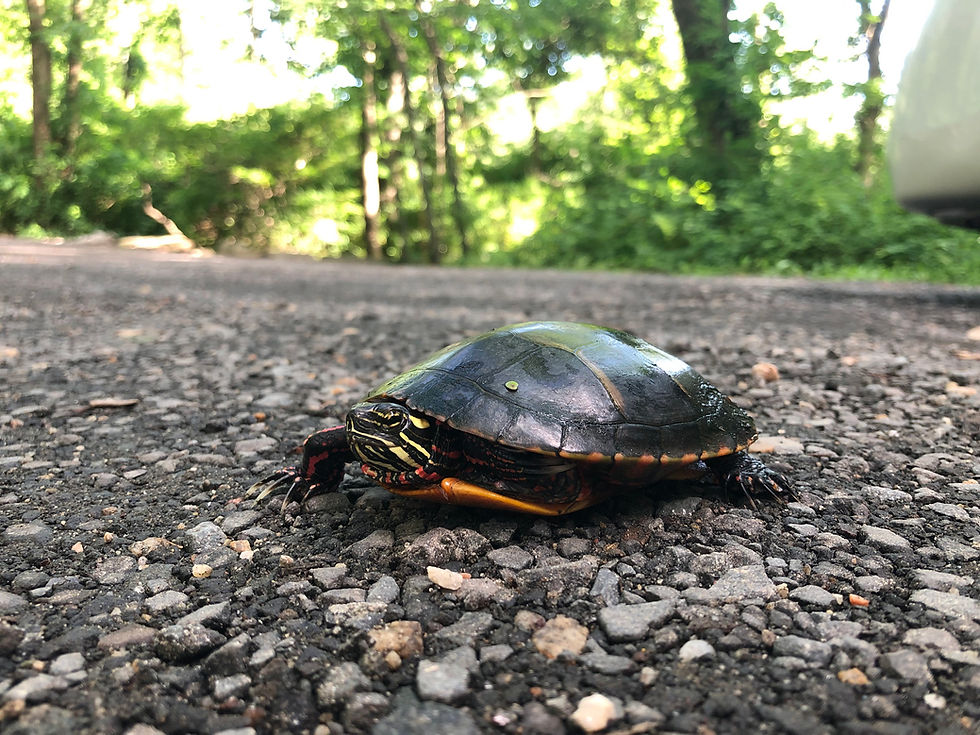The Devil's Advocate of Poison Ivy

By Kevin Andros, Environmental Educator
Photo by Gary P. Bell
Poison Ivy isn’t evil. I know, I know, that’s a controversial statement. It’s like saying mosquitos are good to have around (which is a Naturalist Note for another day). I want to be clear that I’m not saying this from the sidelines, I’ve had displeasurable encounters with poison ivy a handful of times. The culprit of itchy rashes is an oil called urushiol that is found in the leaves, stem, and roots of poison ivy, oak, and sumac. Nevertheless, poison ivy has an incredibly interesting history, has evolved to produce urushiol for good reason, and is beneficial to its ecosystem.
The first European description of poison ivy came from colonist John Smith in 1624. Even though the plant looked similar to English ivy he warned of the painful rashes it could cause. However, he also noted that the plant could have important uses that people were yet to uncover. In the 18th and 19th century samples were sent to Europe. Some brave botanists planted it in private gardens while some medical practitioners made drinkable infusions that were said to cure dermatological issues. In the 1900s botanists separated poison ivy into two different species while chemists discovered that urushiol was the compound responsible for the allergic reactions caused by poison ivy and its relatives.
Surprisingly, primates and guinea pigs are the only animals to be affected by urushiol when it comes to contact with skin. Your dog could run through a patch carefree but, if you go to pet them, you could be seeing a rash form in 12-24 hours. This made me wonder why these plants would evolve this compound when primates weren’t a primary threat to their survival. One theory that scientists have is that it may seal up and protect wounds from animals chewing on its leaves. Another theory is that urushiol is important in defending the plant from microbial pathogens.
So how is such an infamous plant a boon to the local ecosystems? Many mammals like deer, mice, rats, and even black bears munch on poison ivy leaves. A large variety of birds love to eat the white berries they produce in the fall. As a vine it often creeps along the ground or up trees which is perfect for smaller animals to use as shelter. If you were to take a walk along our trails this fall I can almost guarantee that you’d see chipmunks or squirrels dashing in and out of the cover that poison ivy provides. I hope that you get a chance to see the brilliant red leaves that this fascinating plant flaunts in the autumn, at least from a distance.





